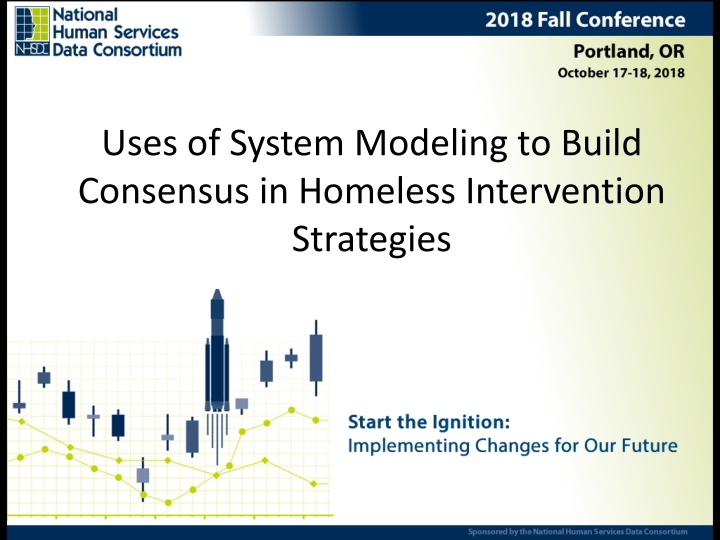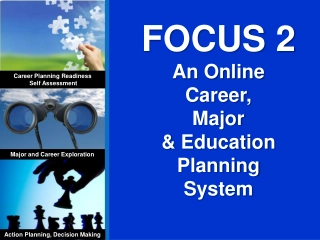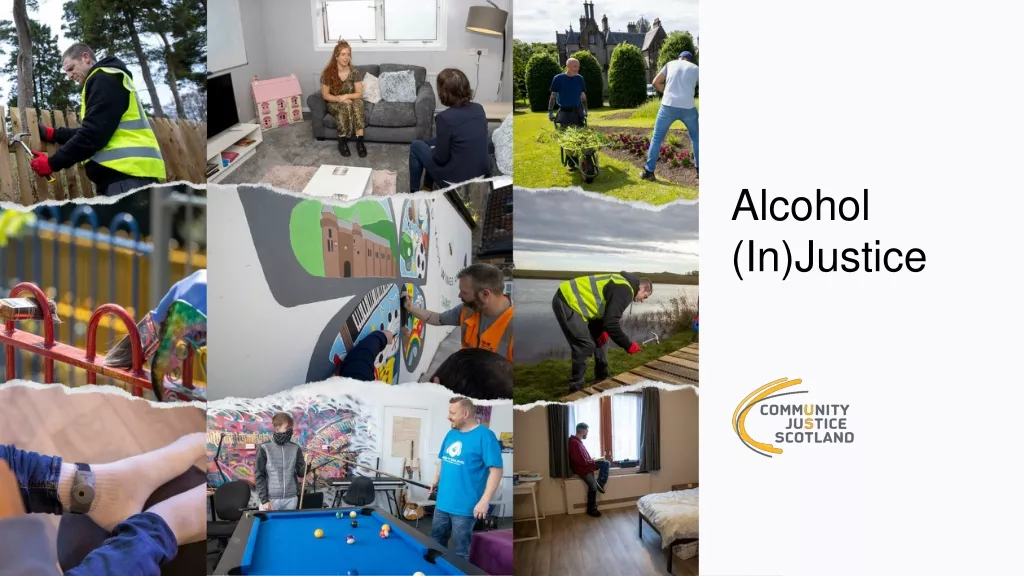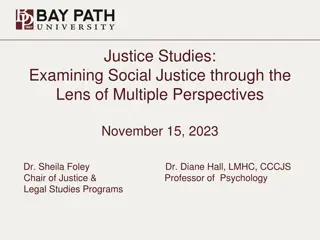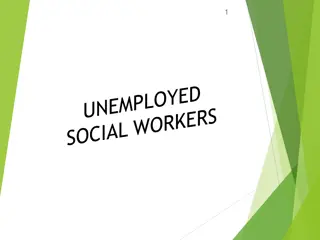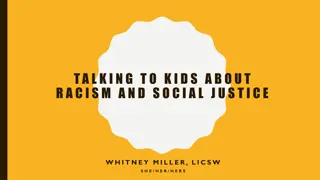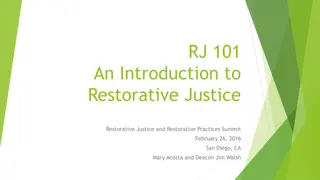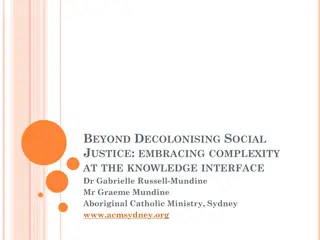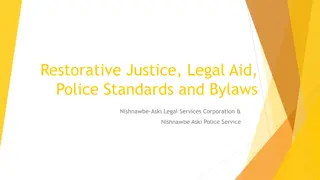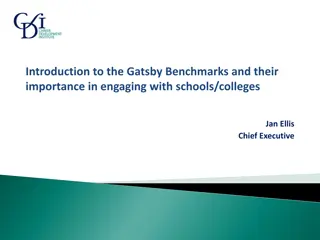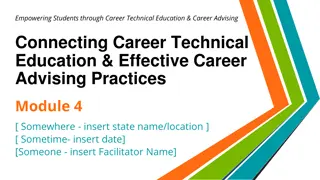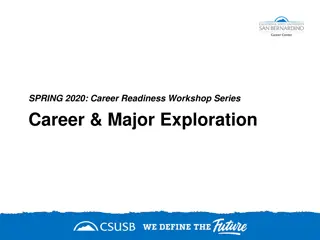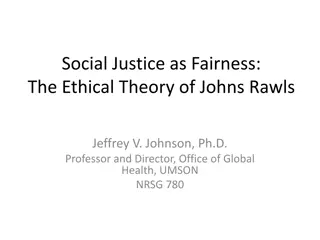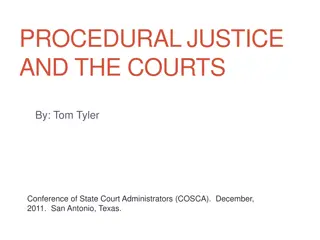Career Guidance and Social Justice in Practice
Access to employers during school years significantly impacts future earning potential and social capital. This NICEC Network Meeting discusses strategies to level the playing field for students, emphasizing the importance of career talks and external speakers in schools. By providing opportunities for students to connect with employers, schools can bridge gaps in social capital and empower students for future success.
Download Presentation

Please find below an Image/Link to download the presentation.
The content on the website is provided AS IS for your information and personal use only. It may not be sold, licensed, or shared on other websites without obtaining consent from the author.If you encounter any issues during the download, it is possible that the publisher has removed the file from their server.
You are allowed to download the files provided on this website for personal or commercial use, subject to the condition that they are used lawfully. All files are the property of their respective owners.
The content on the website is provided AS IS for your information and personal use only. It may not be sold, licensed, or shared on other websites without obtaining consent from the author.
E N D
Presentation Transcript
Uses of System Modeling to Build Consensus in Homeless Intervention Strategies
Me Gerrit Nyland Catholic Community Services of Western Washington Rapid Rehousing, Permanent Supportive Housing, Diversion, Coordinated Entry, Emergency Shelter Director of Client Information System, SW Data work - from data entry to system modeling Software Engineer for 20+ years
Presentation Goals Justify an interactive system model Show an interactive homeless system model in action Review what data you need to do the modeling Demonstrate how easy it is to make a model
Interactive System Model Benefits Many learn better by doing Shiny things attract attention Intervention costs and outcomes are clear Sophisticated Presentations boost the credence of the information (sad but true)
The Dangers Oversimplification masks many realities Predicting the future is dicey Dollar figures can freak people out Unknown factors and changing realities will always create a significant margin of error
The Demo - https://exchange.iseesystems.com/ directory/gerritnyland
Harvesting your HMIS program data Roll up all your programs by type Homeless Prevention Diversion/Rapid Resolution Rapid Rehousing Transitional Housing Permanent Supportive Housing Whatever other weird stuff you do Commit to Client counts (not household counts)
The Easy HMIS Data For each type, for the last 12 months: Program Spending (Financial Assistance and Staff Costs) Case Manager Count Clients Served Housed Exit Percentage Interpolate missing data as needed
The Harder Data Current Homeless Population hopefully something better than PIT Permanent Supportive Housing Unit build cost Annual Inflow to homelessness Community Cost of Homelessness Chronically Homeless (top 5%) Everyone else Percent needing Permanent Supportive Housing
Rate of Self Resolution Last Year s population + inflow Housed in homeless system Current Population inflow 5,000 + 10,000 2,500 6,000 10,000 = 65%
Really, Really Hard Stuff Percent that won t succeed with Rapid Rehousing Homeless Prevention Effectiveness Base your work on research Housing Rental Vacancy Rate effect is tough to calculate. I do my best.
Lets Build a Model Percent that won t succeed with Rapid Rehousing Homeless Prevention Effectiveness Base your work on research Housing Rental Vacancy Rate effect is tough to calculate. I do my best.
The Wrap Up We need to help funders make good decisions Interactive Story Telling Rocks The data is tough to get, but we should really know it all anyway Modeling tools are pretty straightforward but not cheap, other tools are out there.
More Me Gerrit Nyland gerritn@ccsww.org 253-304-5105 Call me if you come to Tacoma https://exchange.iseesystems.com/ directory/gerritnyland
